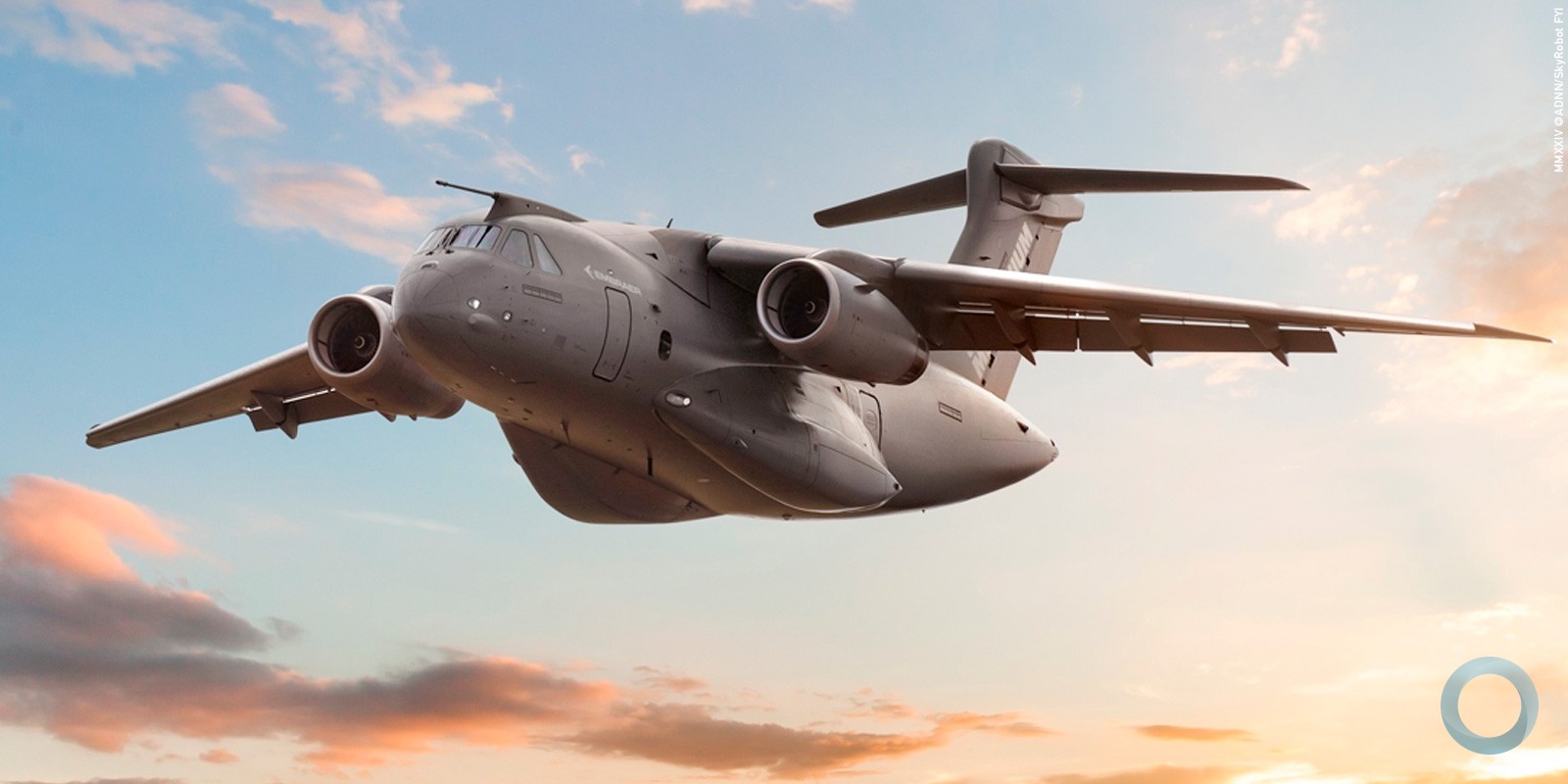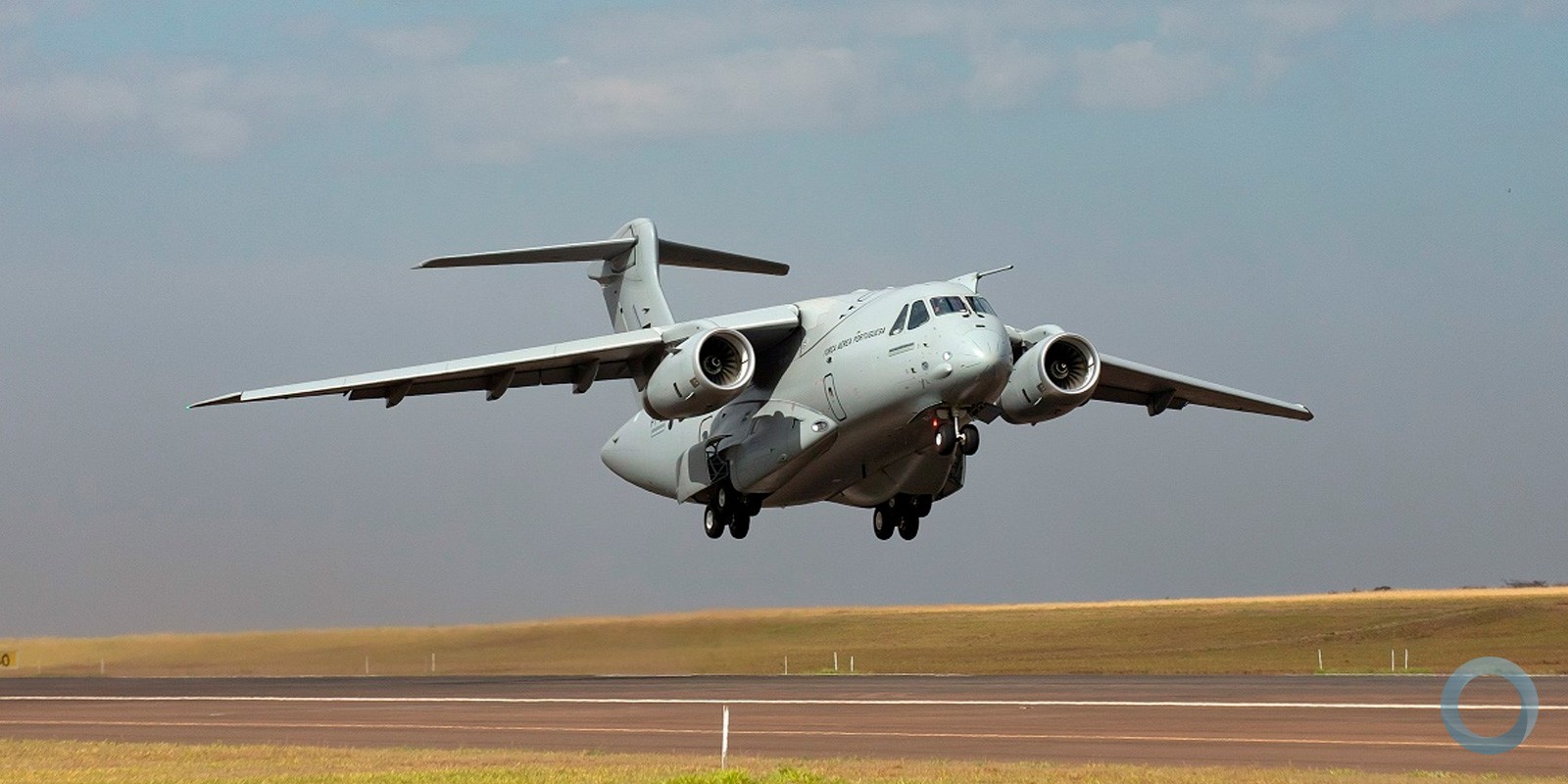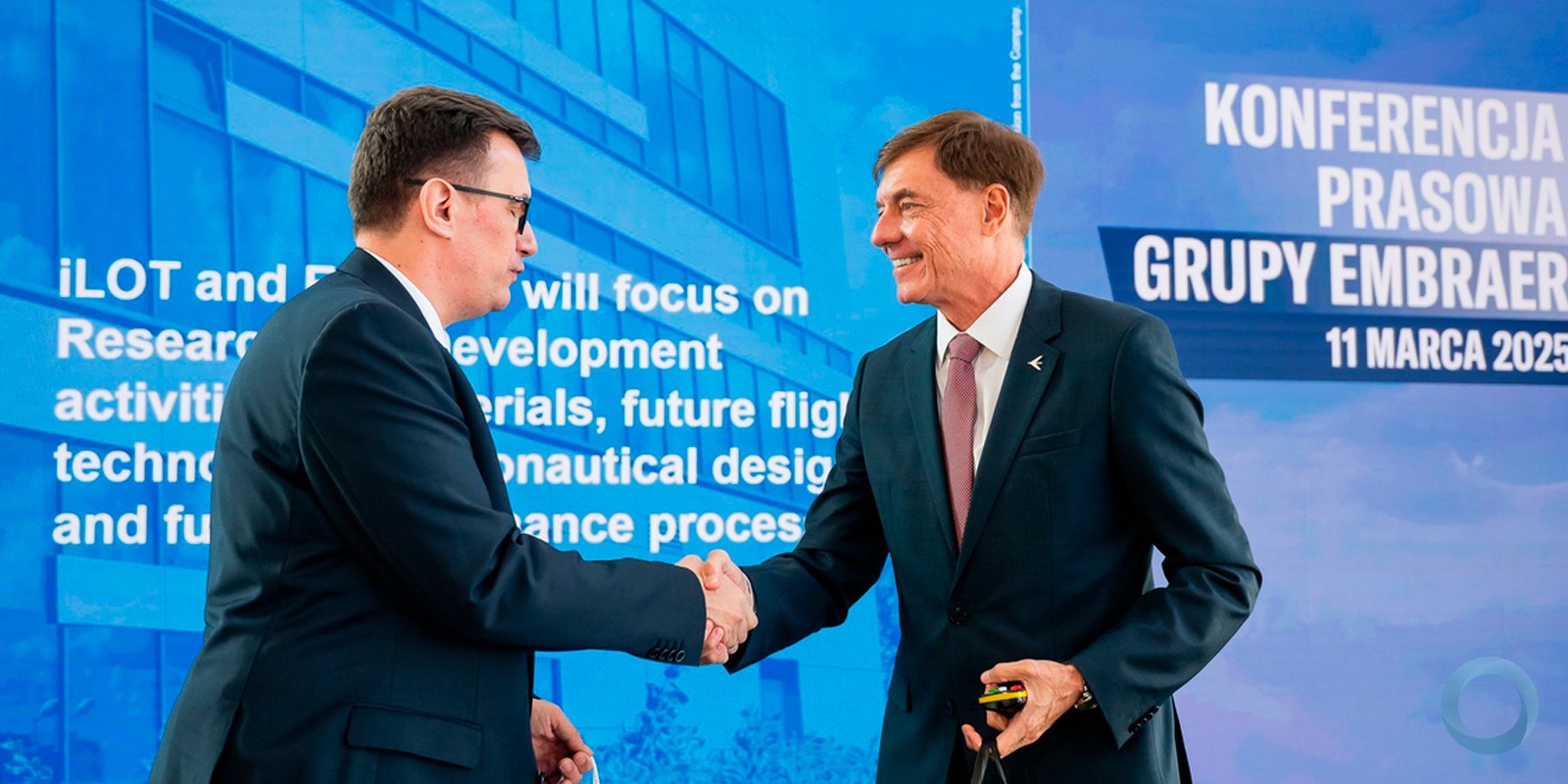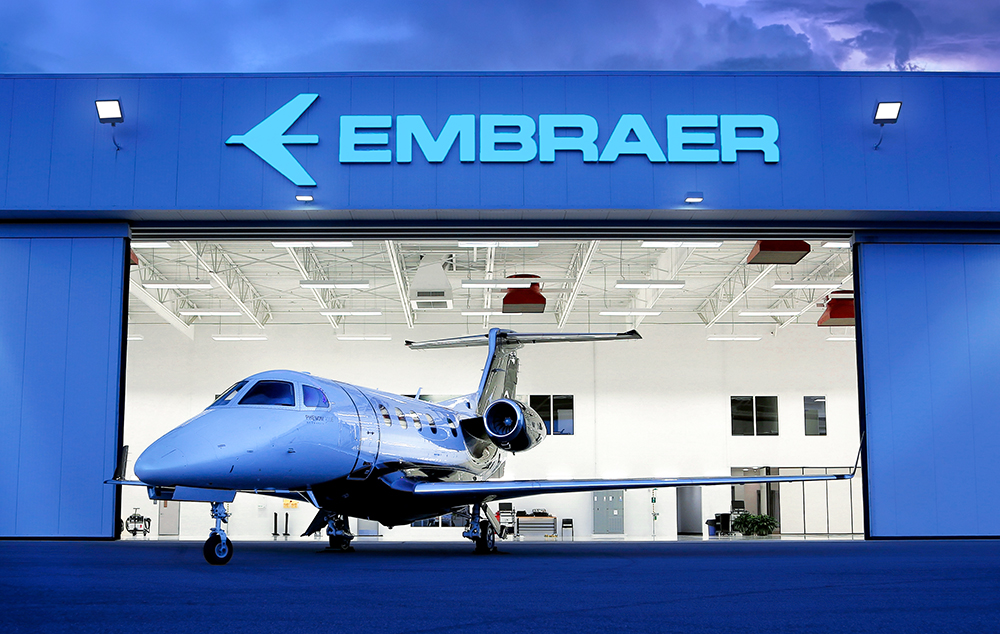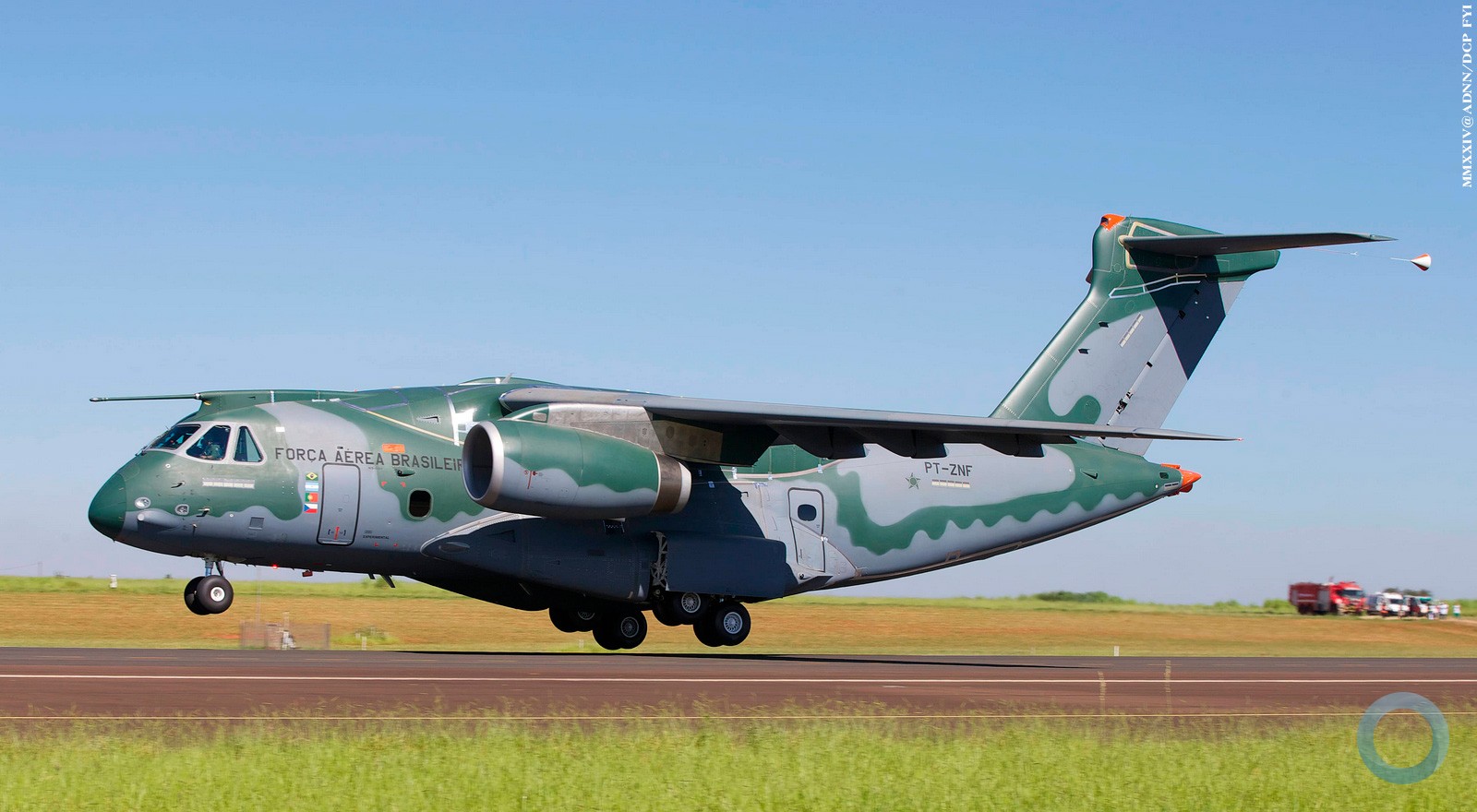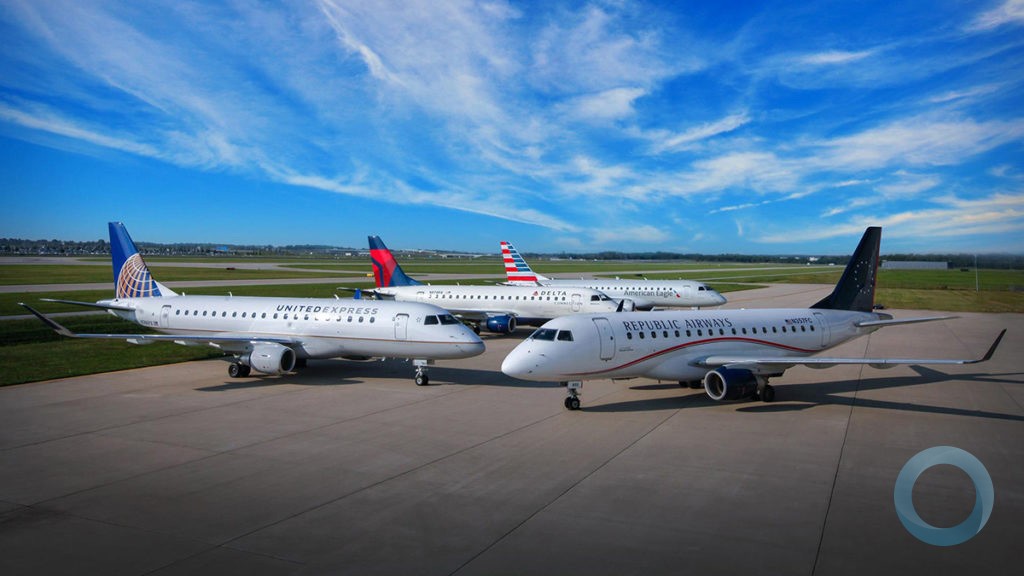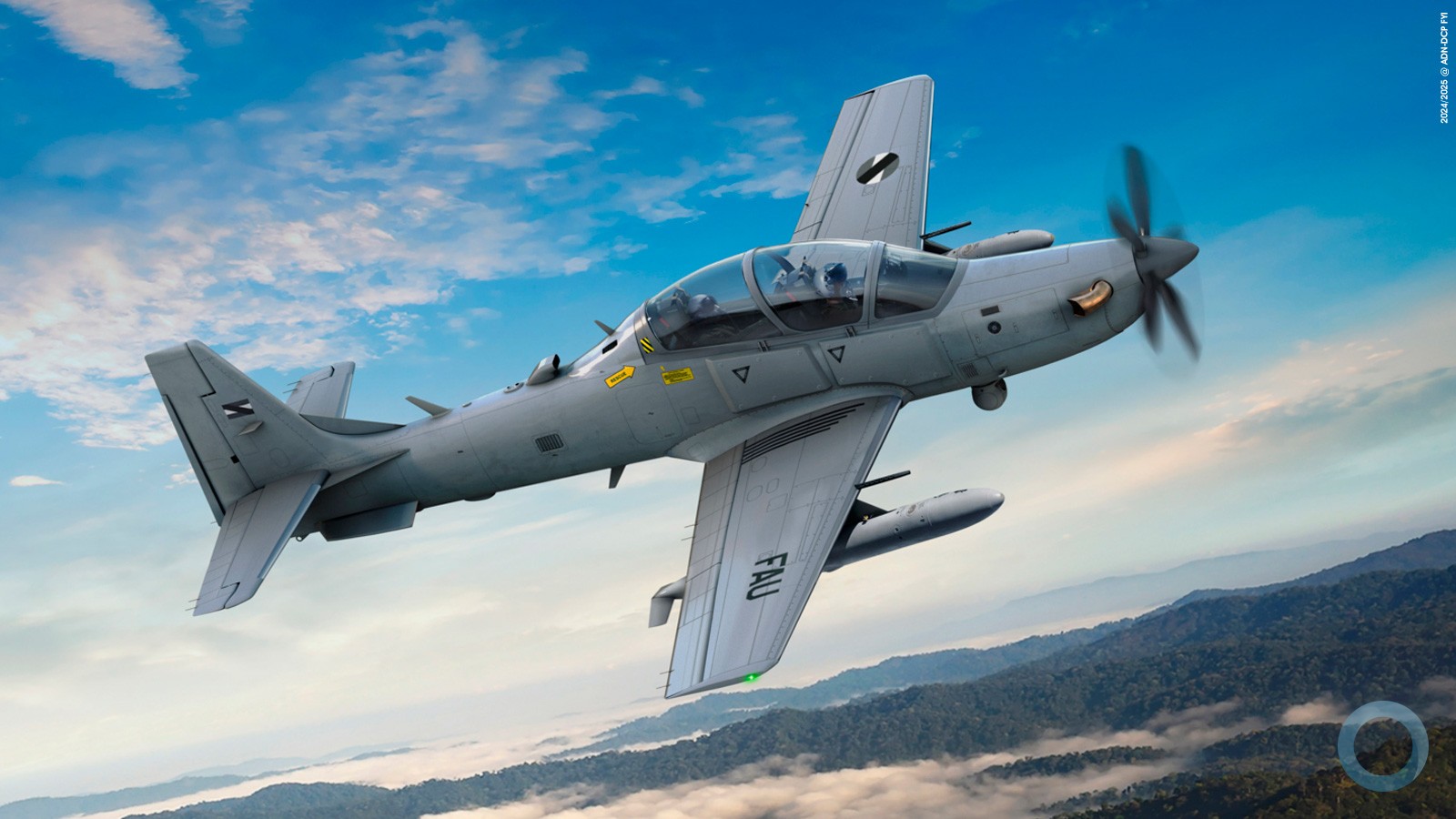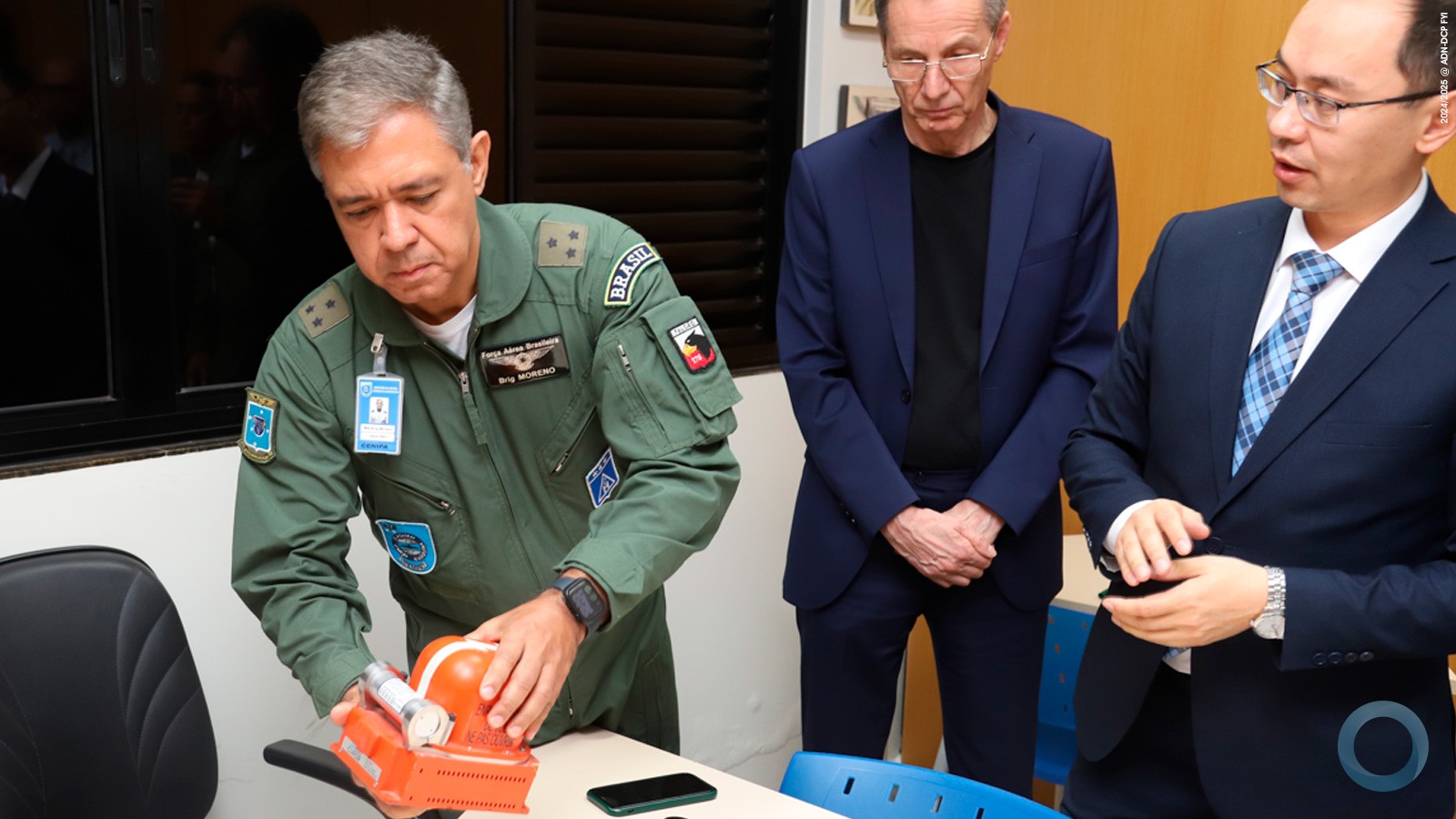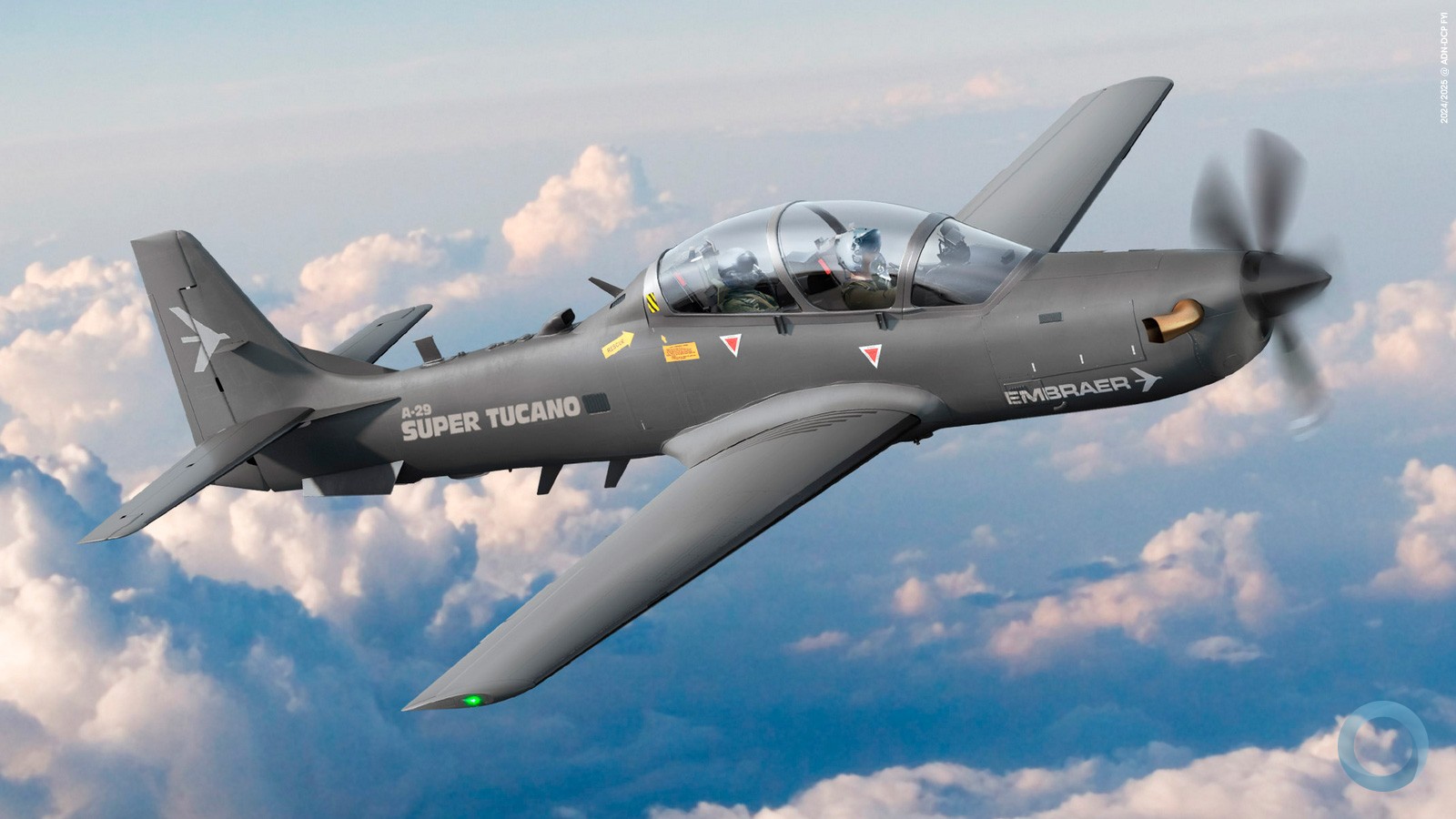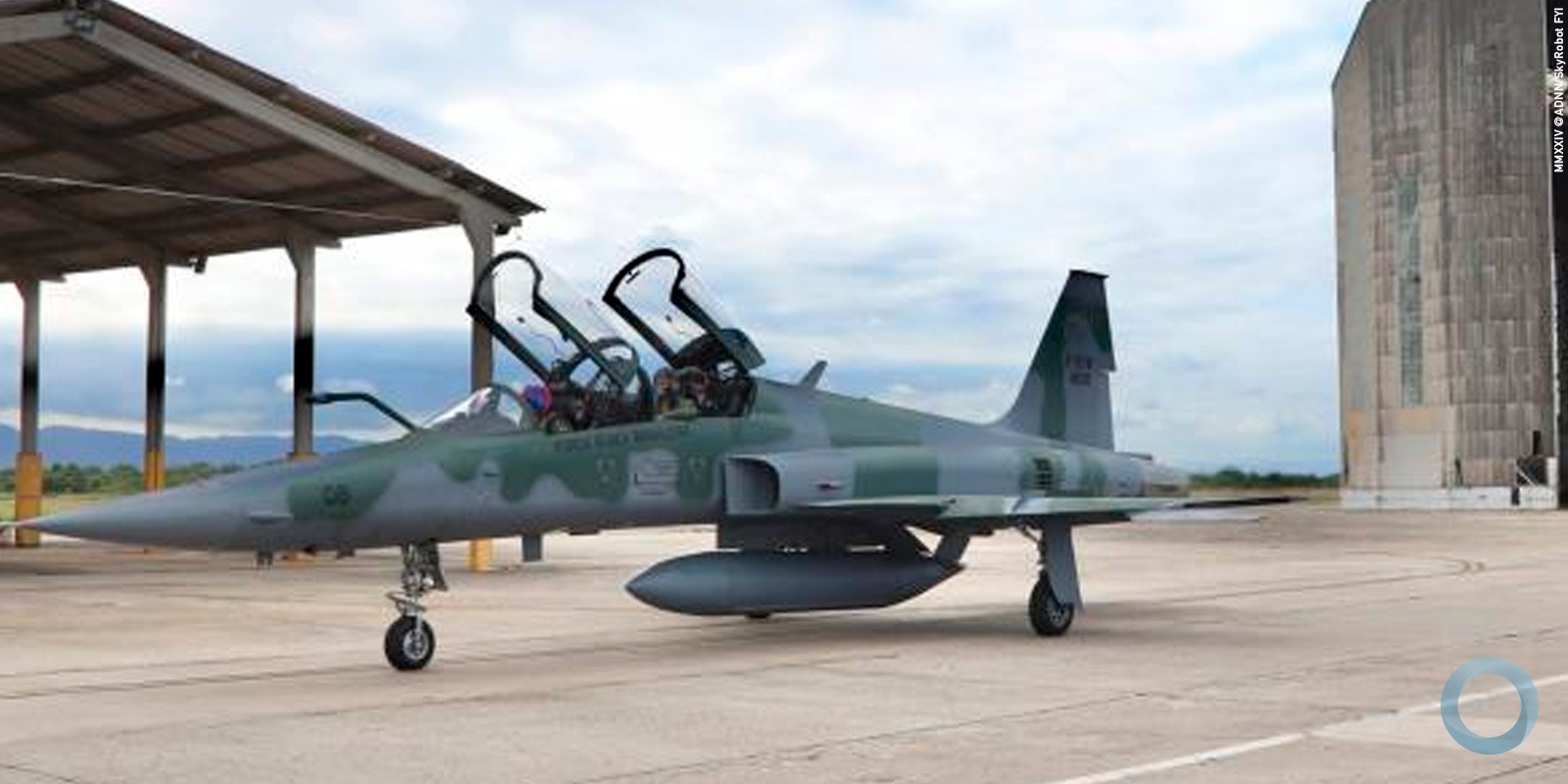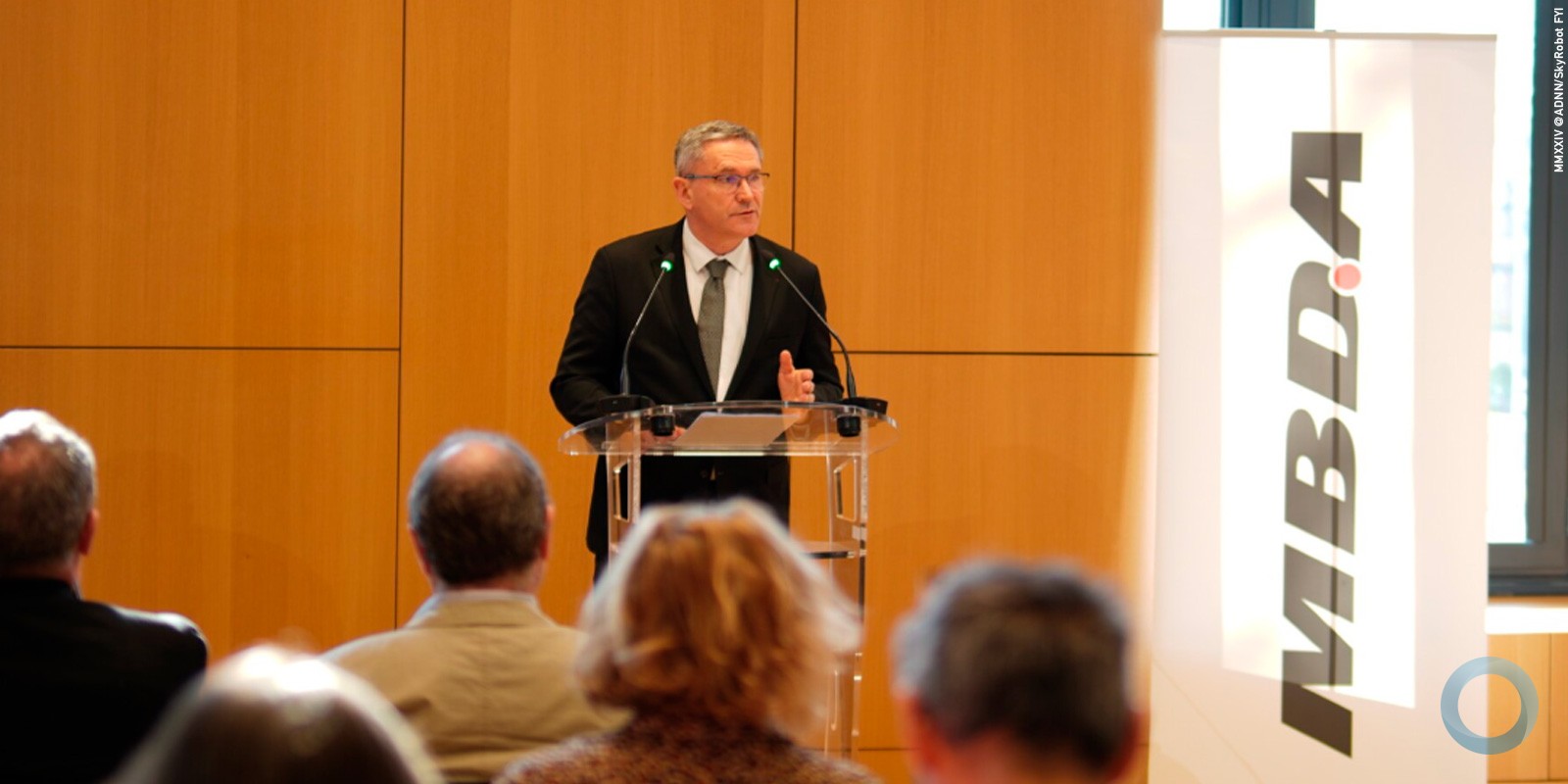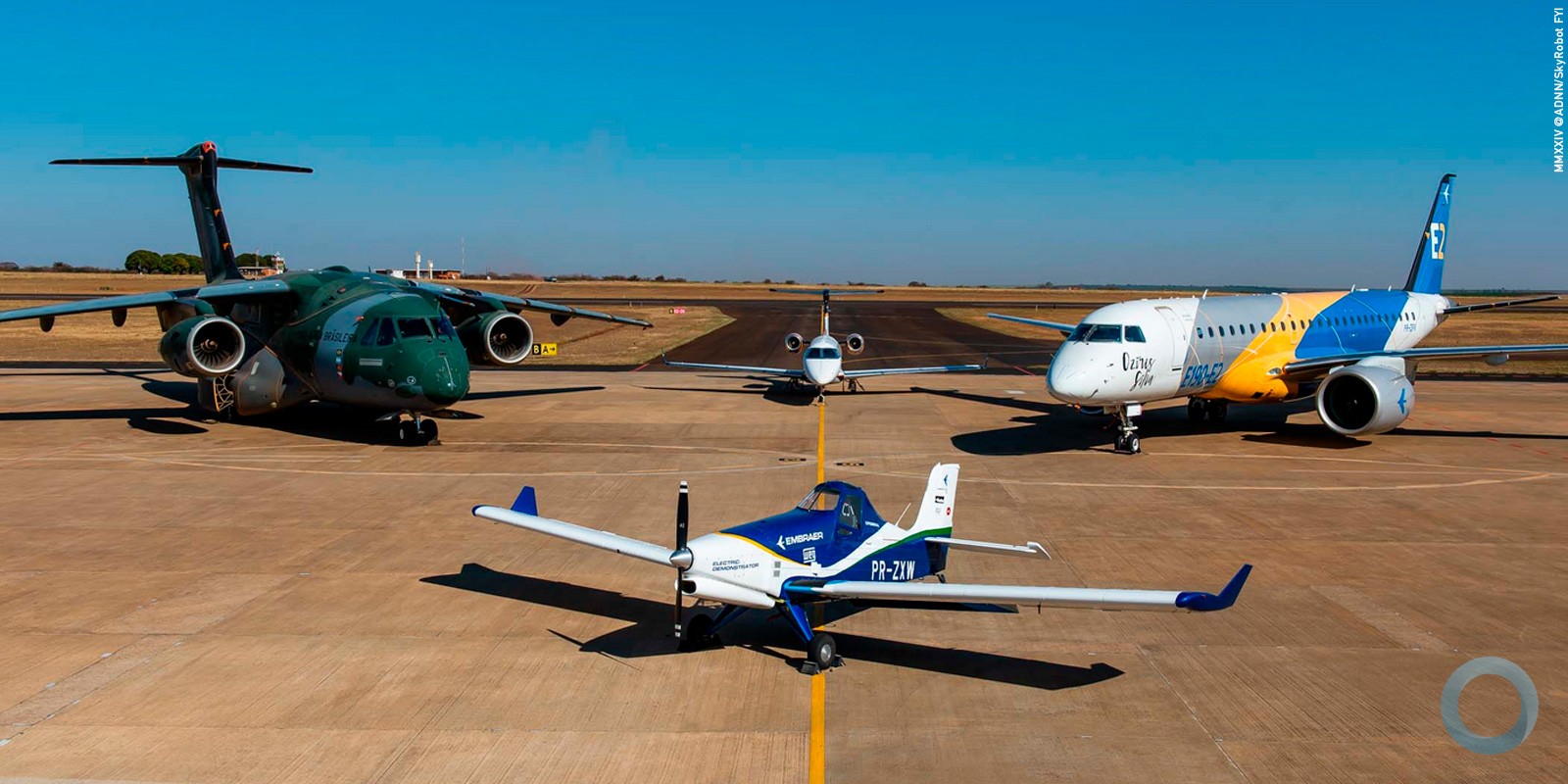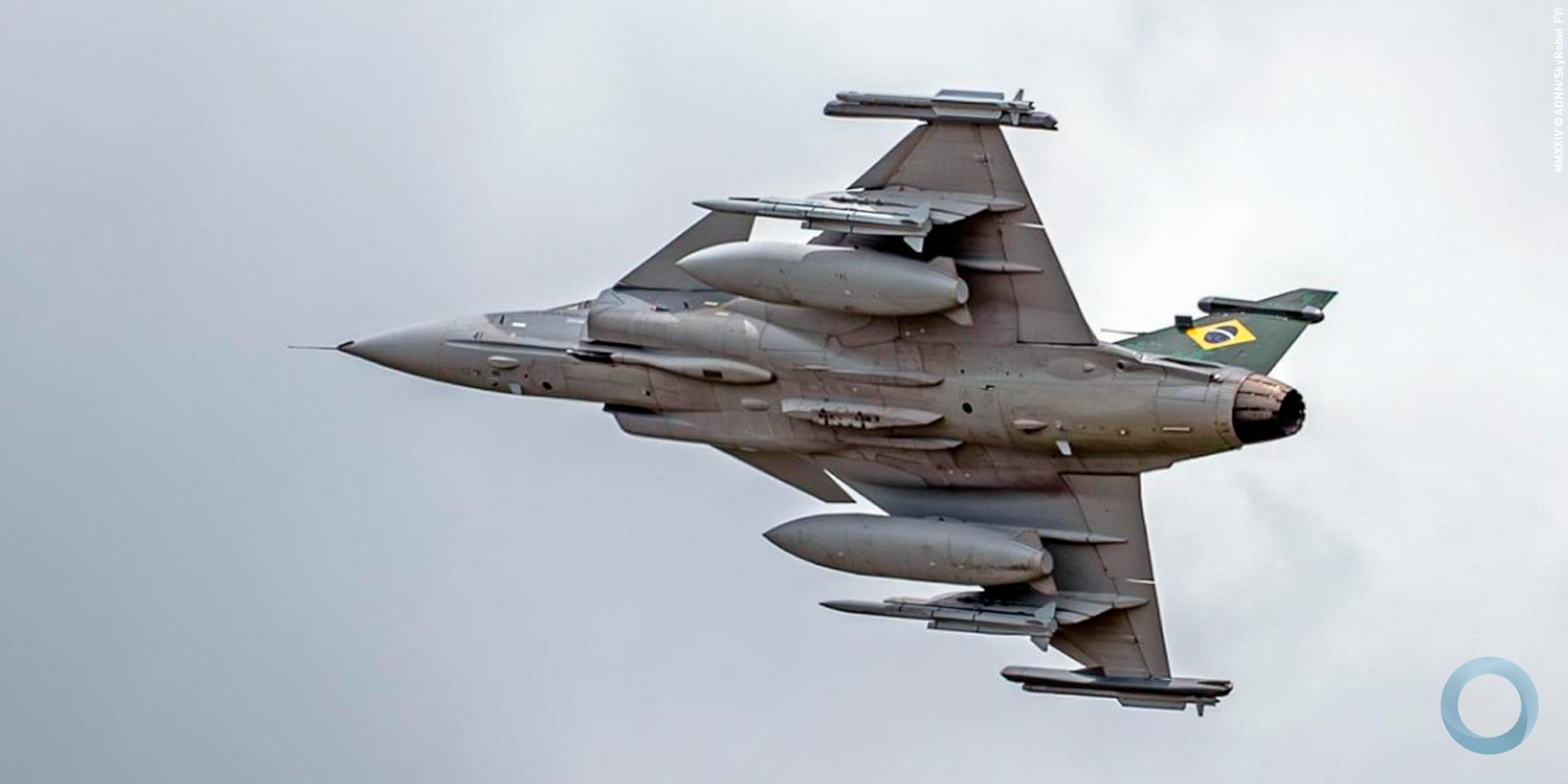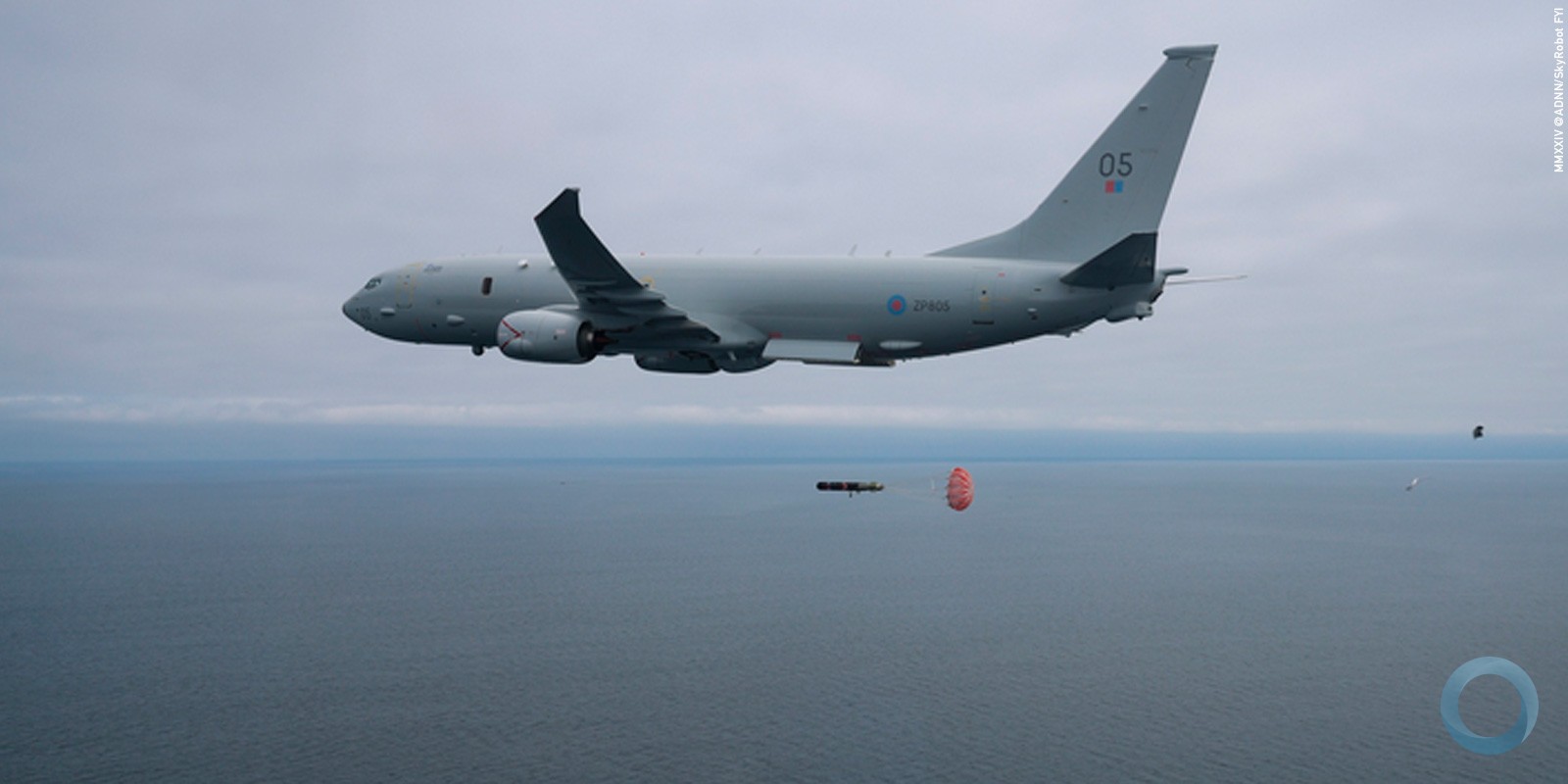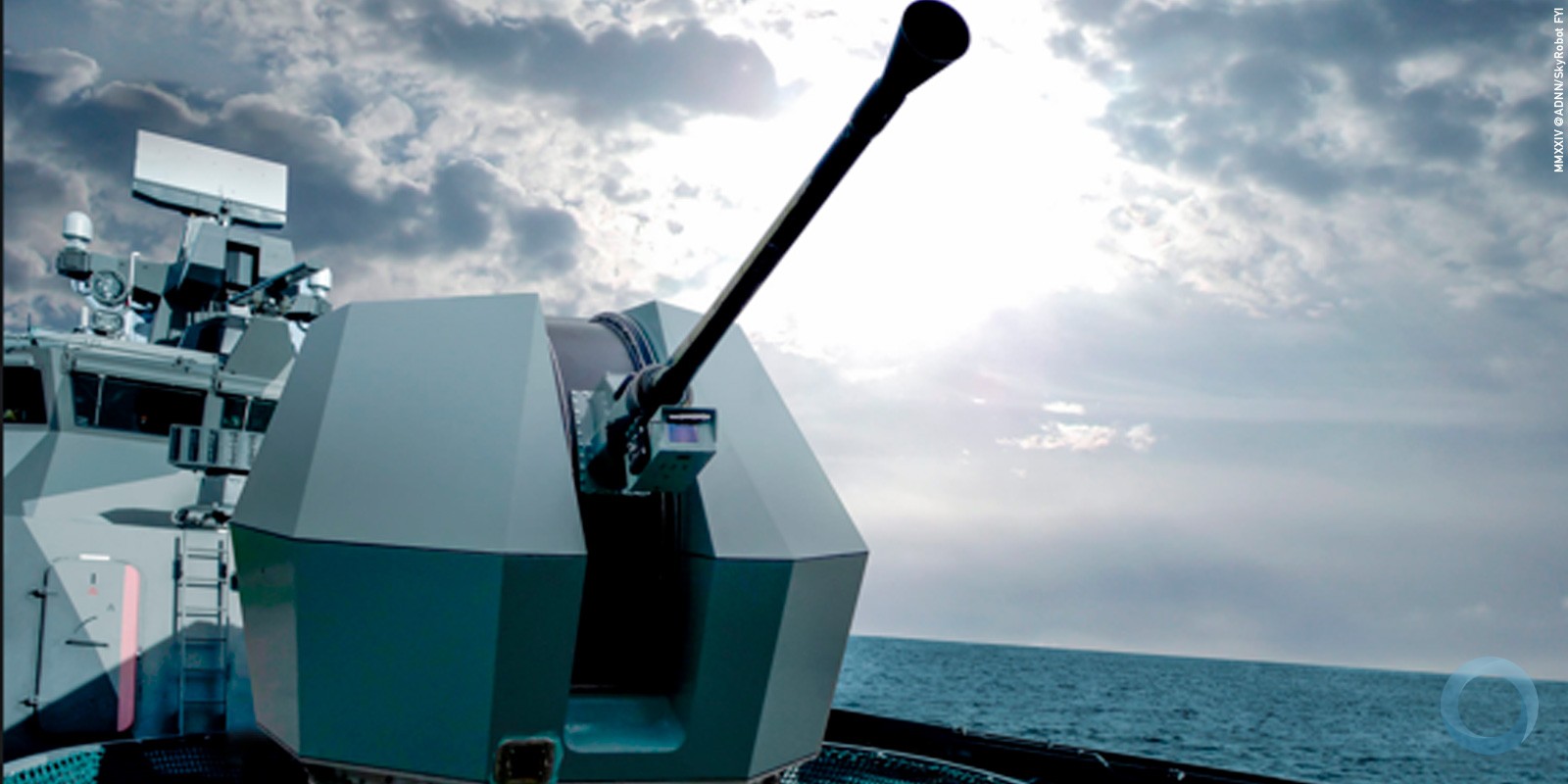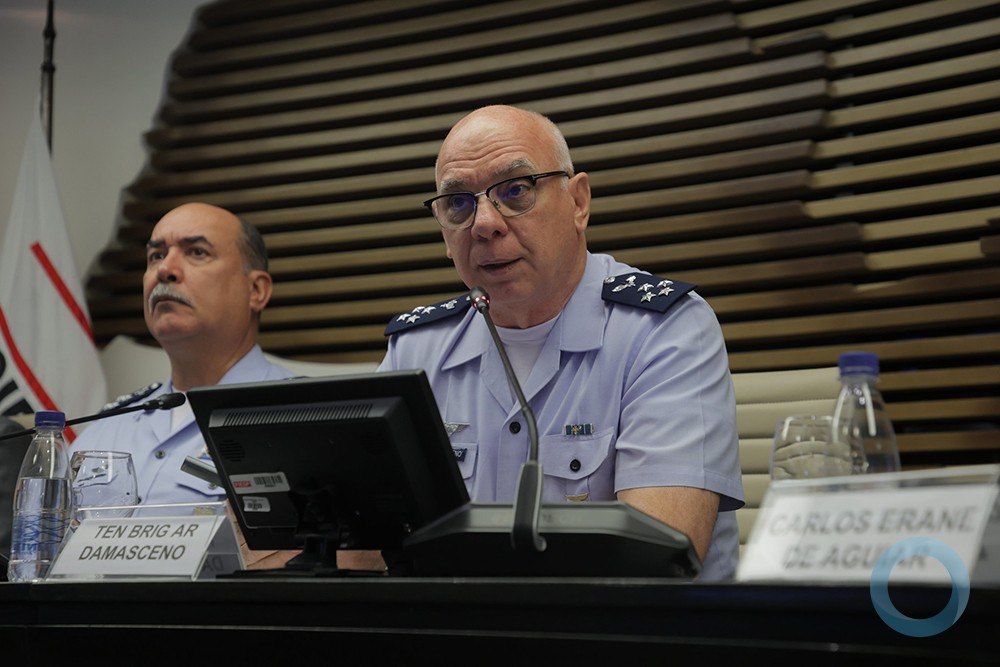![]() Versao em português
Versao em português
Taciana Moury
The Brazilian KC-390 military transport jet, designed and built by Embraer, is in the final phase of certification. The program for the design and construction of two initial prototypes will cost an estimated $1.5 billion and is being done jointly with the Brazilian Air Force (FAB, per its Portuguese acronym). The FAB plans to acquire 28 planes, with the first delivery expected in 2018.
Both prototypes are well on their way to certification. According to the KC-390 Program Director, Paulo Gastão Silva, from the initial flight tests, on October 26, 2015, the KC-390 prototypes have logged more than 800 flight hours. Initial operational clearance for the KC-390 is expected to be issued by the end of 2017, with certification of its operational capabilities expected in 2018.
For Gastão, the KC-390’s performance and its expected capabilities through the use of advanced engineering are being confirmed in these tests. “The hose extension of the air refueling system has already been tested in high-speed and slow-speed conditions, as well as cargo drops and paratrooper jumps using the lateral cargo hold doors and the rear ramp, in a joint effort with the Brazilian Air Force and Army. This program has already gone through the plane’s entire flight log, reaching a cruising speed of Mach 0.8 and an operating altitude of 36,000 feet,” he said.
The current stage of flight testing is, according to Gastão, devoted to testing the exterior aerodynamic settings and certifying the plane’s flight systems. The timeline for the coming months includes: certifying the fuel system, hydraulics, and air brakes; initial aerodynamic freezing tests; landing in wind shear conditions; and evaluating the in-flight refueling system coupled with the aircraft in refueling mode.
New performance standards
“The KC-390 was developed in order to set new in-class performance and capability standards, while at the same time coming in at a lower market cost over its life cycle. It is faster and transports more payload than other airplanes in its class,” Gastão explained. The aircraft is capable of transporting a payload of up to 26 metric tons at a speed of 470 knots (870 km/h), and it can even operate on unpaved or damaged runways.
Gastão pointed out that the onboard avionics also include fly-by-wire control, saving work for the pilots and increasing mission efficiency, as well as a cargo handling system that allows the aircraft to be quickly reconfigured. “Different types of payload can be transported, such as pallets, vehicles, helicopters, troops (up to 80 soldiers in full gear), paratroopers (up to 66 paratroopers in full gear, who can jump either from the lateral doors, or from the rear cargo ramp), stretchers for aerial medical evacuation (up to 82 standard NATO stretchers), or a combination of configurations.”
For the Embraer executive, in addition to the project’s technical benefits, it also adds value to the Brazilian aviation industry. “The KC-390 enables us to create platforms for export that are a net positive for Brazil’s balance of trade, as well as creating jobs in Brazil, leveraging our national supply chain, and developing new technologies for the industry.”
Some countries have already expressed interest in acquiring the new airplane. “There is a growing global demand for this class of aircraft, and the KC-390 stands out in the marketplace,” Gastão said.
The Combat Aircraft Program Coordinating Committee is the Brazilian Air Force institution responsible for handling issues related to the development of this aircraft. Additionally, the Brazilian government, through the Air Force, is the intellectual property rights holder of the KC-390. According to Lieutenant Colonel Marcelo Hiroshi Kono, an aeronautical engineer who is the assistant manager for the KC-390 Project, a multidisciplinary team from FAB is monitoring every stage of the project, together with Embraer.
FAB pilots and mechanics, as well as paratroopers, infantry soldiers, and airmen from other specialties are also participating in the project, submitting their suggestions to the development team. In all missions conducted by the transport aviation wing of the Brazilian Air Force, professionals were observing these efforts and searching for alternatives that might improve the plane’s functionality. “The level of detail included such things as which side of each door should open, and the ideal spot for a lever,” Lt. Col. Kono noted.
Missions
In the Brazilian Air Force, the KC-390 will go on missions for air logistics transport, air refueling, search and rescue, and fighting forest fires. According to Lt. Col. Kono, the KC-390 is capable of refueling a wide range of FAB aircraft in flight, from fighters to H-36 helicopters, as well as other KC-390s.
“The possibility of refueling combat planes means that it acts as a range multiplier – something that enables long-distance missions or even aerial combat patrols of several hours’ duration. Additionally, a fleet of KC-390s is quite important in a conflict, transporting troops and dropping paratroopers or cargo into conflict zones,” Lt. Col. Kono said.
Lt. Col. Kono also underscored the aircraft’s capability of landing on short runways, even unpaved ones, enabling it to bring logistical support closer to the front lines. “The KC-390 flies faster and longer, and carries more payload than other aircraft, as well as having state-of-the-art electronics; and because it is a new project, it has a wide margin for further improvements. Also, the cargo compartment is quite large,” he emphasized.






